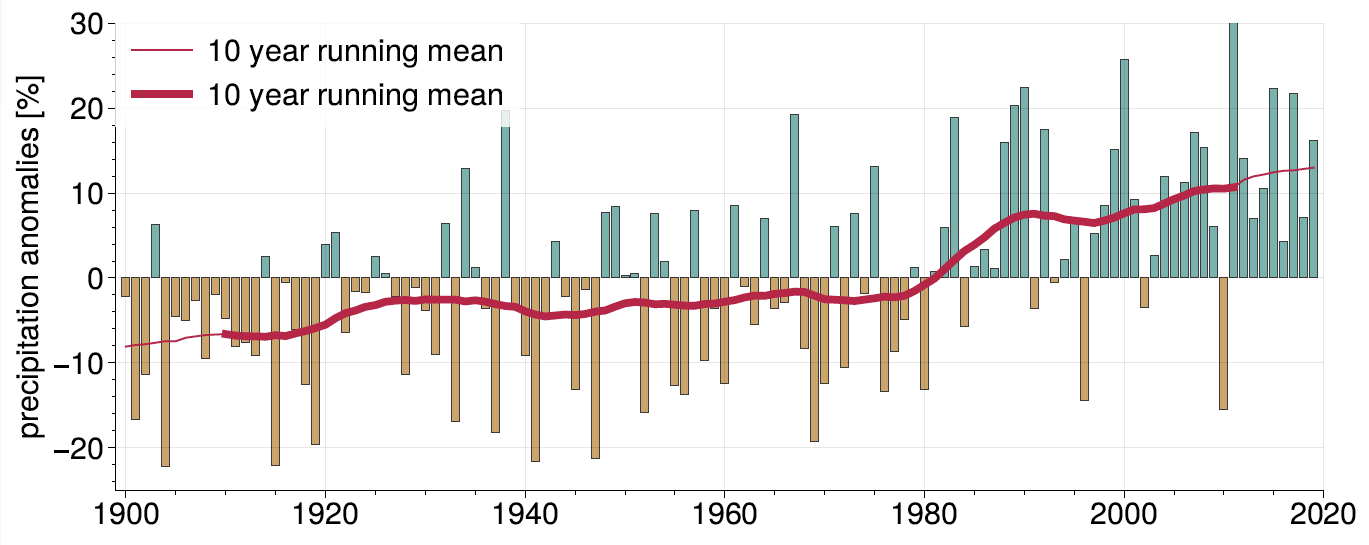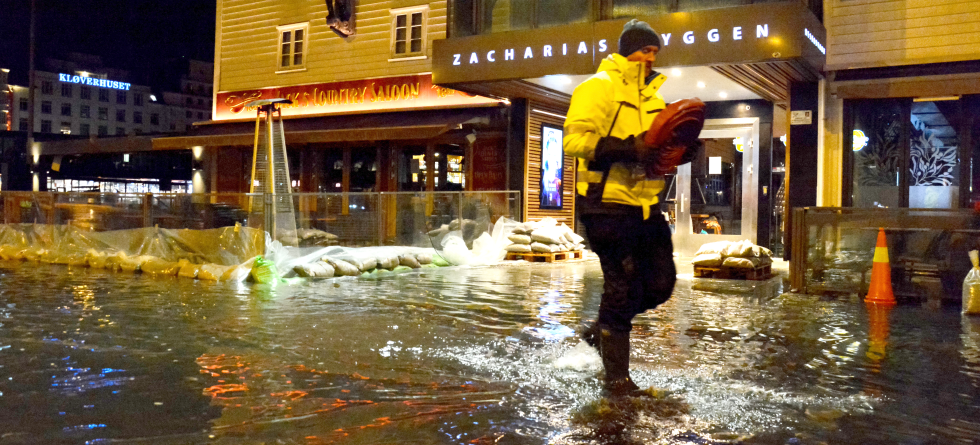Future weather in Norway is expected to see significant changes, with more rain and less snow becoming the norm. A new method has been developed to better understand how rainfall is linked to weather patterns like fronts, low-pressure systems, and atmospheric rivers.
This combination of multiple weather features has been found to cause the heaviest rainfall, contributing to four times as many extreme weather events. These weather phenomena are becoming more intense due to climate change, which is altering rainfall patterns, making droughts longer and rainstorms more severe.
Extreme Rainfall Events
Extreme rainfall events have increased more than average rain, and it is clear that when low-pressure systems, fronts, and atmospheric rivers align, it leads to far more extreme rain events than regular storms.
In places like Bergen, this combination of weather systems leads to frequent downpours. The atmosphere is becoming warmer and more humid, intensifying rainfall. Studies of observed precipitation from 1900 to 2019 show that rainfall in Norway has increased by 20%, with the southwestern part of the country experiencing the most dramatic rise.

antall gjennomsnittsår er mindre enn lengden på det glidende gjennomsnittsvinduet. Kilde: Konstali og Sorteberg
Climate Model Predictions
Looking into the future, climate models predict that both the frequency and intensity of these heavy rainfall events will increase. This will be particularly true for extreme weather, where fronts, combined with other factors, are expected to play a significant role.
Fronts are especially efficient at turning extra moisture in the atmosphere into rain, and they will drive future increases in heavy rainfall. For example, it’s projected that frontal rainfall in Norway will increase by 5% for every degree the temperature rises.
More Rain - Less Snow
In addition to more rainfall, Norway is also projected to see less snow and sleet, which will impact many areas, including tourism. Ski resorts and rural regions dependent on winter tourism will face challenges as snow levels drop, especially during spring, which is crucial for the ski season.
According to a new publication, rainfall could increase by 20-52%, while the amount of sleet is projected to decrease by 8-31% and snow might decrease by 32-63%. The number of rainy days is expected to rise, particularly along the northern coast, while snowy days will become fewer.
Although the overall number of precipitation days may not change significantly, the shift toward more rain and less snow will have a lasting impact on both the environment and the tourism sector in Norway.
References:
Kuya, E. K., Hanssen-Bauer, I., Mayer, S., & Heiberg, H. (2024). Projected changes of rain, sleet, and snowfall in Norway. Norsk Geografisk Tidsskrift - Norwegian Journal of Geography, 78(2), 73–87. https://doi.org/10.1080/00291951.2024.2360409
Konstali, K. (2024a). Connecting the drops: Exploring precipitation changes from a process and weather perspective (thesis). : Skipnes Kommunikasjon / University of Bergen, Bergen.

